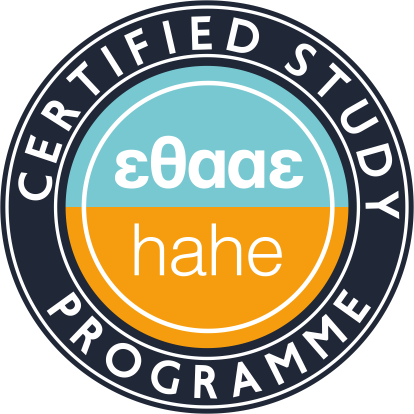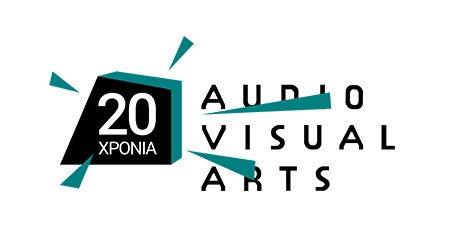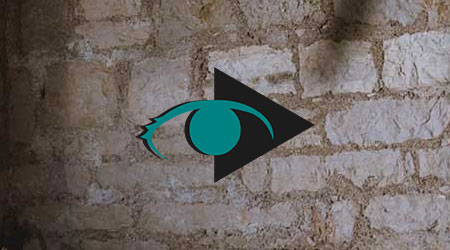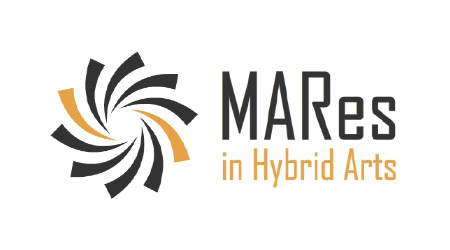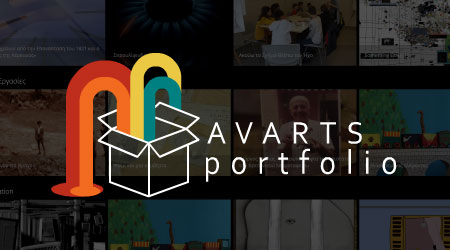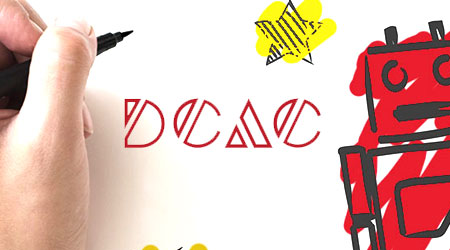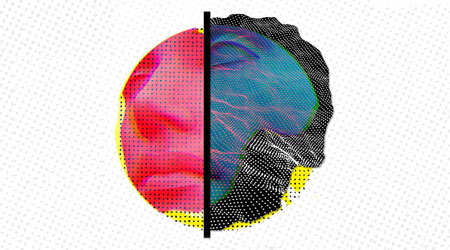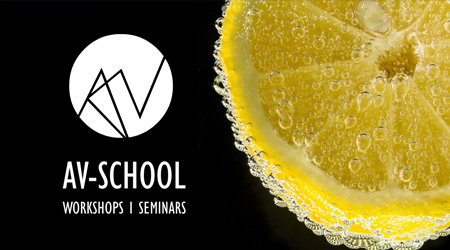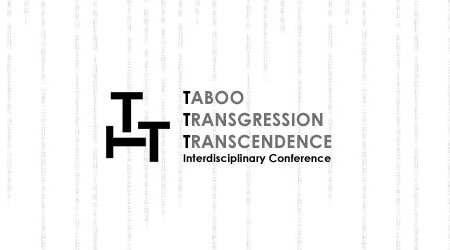Introduction to History of Art
Teaching Staff: Hamalidi Elena
Course Code: THE100
Course Category: General Background
Course Type: Compulsory
Course Level: Undergraduate
Course Language: Greek
Delivery method: Lectures
Semester: 1st
ECTS: 4
Teaching Units: 2
Teaching Hours: 2
Teaching Structure:
| Activity | Semester Workload |
|---|---|
| Lectures | 26 |
| Literature Study and Analysis | 48 |
| Practice and Preparation | 26 |
| Course Total (ECTS: 4) | 100 |
Prerequisite to / Recommended to: (AUD221), (AVA232), (THE400)
This course aims at a) introducing students to the history of Western Art from Renaissance to the 18th century (periodization, genres, sujets), b) at acquainting them with key notions and terms c) at guiding them to develop the skills required to describe and analyze works of art. Τhe course further focuses on Italian Renaissance and Baroque art in order to examine closer aesthetic ideals and criteria for evaluating art, the social conditions of artistic production along with the changing social position of the artist and the emergence of new techniques and methods of composition in the historical, socio-political and cultural context of the period.
By the end of this course students should be able to:
- give an outline of the characteristics of Renaissance and Baroque art as far as style, genres, techniques and sujets are concerned
- recognize the subject, describe and analyze stylistically the works of art used as examples during the course
- explain key notions and terms (of art criticism, art theory),
- describe ways in which the art of this period is related to its historical, social and cultural context (worldview and culture, art theory, social conditions of artistic production, artists’ education et al.)
- understand the criteria developed for judging art during the Renaissance and Baroque period as the foundations of the West European art education
#1: Introduction to periodization, discussion of the changing social function of art. Key examples: Giovanni Bellini, St. Zaccaria Altarpiece, Venice, 1505 and Thomas Struth, San Zaccaria, Venice, 1995 (photograph, c-print).
#2: Introduction to the significance of the conditions of artistic production and of the layers of meanings behind the image. Key example: Tiziano Vecellio, Bacchus and Ariadne (1522-1523).
#3: α) Definition of periods of art and outline of significant historical and cultural landmarks effecting conditions of artistic production, art institutions, the promotion and reception of art (Renaissance, Enlightenment, Industrial Revolution et al). b) Definition and description of genres, media and subjects.
#4: Renaissance art and its relation to antiquity. Key notions: the idealist conception of beauty, “classical”, “classicism” and “imitatio naturae”.
#5: Definition of Renaissance and its relation to medieval art and culture. Comparative analysis of a Byzantine icon, a mediaeval illustrated manuscript and a Renaissance religious painting. Italo-Byzantine style.
#6: Perspective I:
- a) Discussion of the rendering of space in Classical vase painting, Roman wall paintings and Renaissance religious paintings; Comparative analysis.
- b) Giotto’s “space box”.
#7: Perspective II:
- "construzione legittima” (15th) and ‘deviations’. Key examples: Masaccio’s Holly Trinity, Sta Maria Novella, 1427-1428 and Donatello, The Feast of Herod, 1427 & St. Anthony of Padua.
- Perspective by A. Dürer
- Camera obscura and the use of mirrors in Netherlands
#8: a) Public commissions of works of art in Florence (first half of 15th c). Key example: the Brunelleschi and Ghiberti competition for the Baptistry of Florence (comparative analysis). b) Private commissions in the 15th c. Florence; Medici as patrons of the arts
#9: The transition from the 15th to the 16th c.: the changes in art education curricula and the new status quo of the artist. Key example: Leonardo da Vinci as uomo universale; his contribution in Renaissance art theory and practice.
#10: a) perspective as “symbolic form” (Erwin Panofsky & elements of iconology) b) “painting and experience” (Michael Baxandall and cultural historical approach)
Key examples: Dürer’s Melancholia (1514) and Primavera by Botticelli (1470-1480).
#11: High Renaissance
- a) The Vatican and Rome, the new center for the arts. Key example: Michelangelo.
- b) High and Late Renaissance in Venice: painterly vs linear and Tiziano’s ‘modernism’. Key example: Poesie
#12: a) Mannerism and Counter Reformation.
Key example: Caravaggio. B) Baroque Classicism.
#13: High Baroque: art, religion and the city of Rome. Key example: Gian Lorenzo Bernini.
- Gombrich, Ernst. 1995. The Story of Art. Phaidon.
- Bell, Julian. 2010. Mirror of the World. London: Thames & Hudson.
- Hartt, Frederick. 2003. A History of Italian Renaissance Art: painting, sculpture, architecture. London: Thames & Hudson.
- Burke, Peter. 1999. The Italian Renaissance. Culture and Society in Italy. Cambridge: Polity Press.
See also, e-class for further bibliography, course material and links.
There is used a combination of methods: lecture and discussion method along with group exercises, oral or written (brainstorming), discussed in class.
Enhanced by multimedia content.
The learning process is supported by the asyncrhonous e-learning platform e-class.
Τhe students are evaluated through a written exam which has two parts: A) a description and analysis of a given work of art B) an essay on a given subject. Evaluation methods are described in e-class and orally, at the beginning and the end of semester.
Back
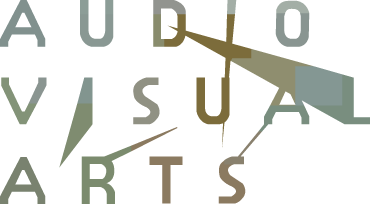


 Introduction to History of Art
Introduction to History of Art